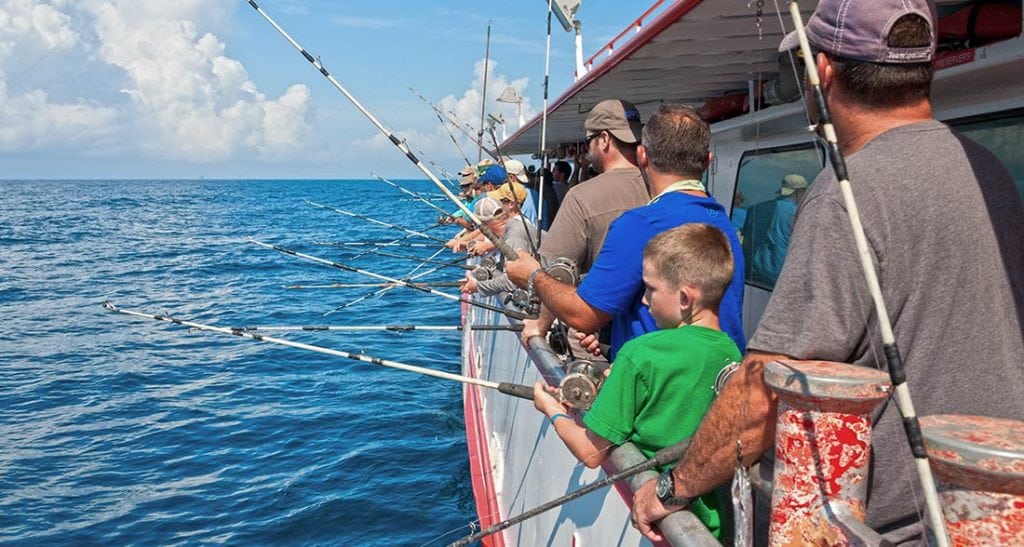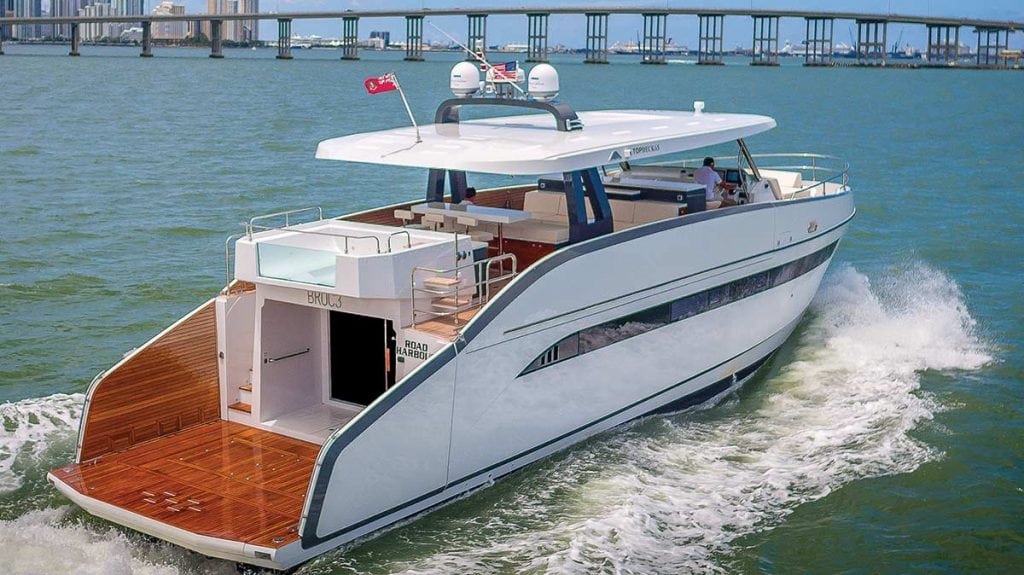A group of recreational boaters and anglers in South Texas are up in arms over the Army Corps of Engineers’ decision to approve a barge terminal in the Lydia Ann Channel near Port Aransas, about 200 miles southwest of Houston. The channel, part of the Gulf Intracoastal Waterway, is popular with fishing enthusiasts because of its abundance of red drum; it’s also home to eight endangered fish species and five endangered sea turtle species. However, the channel is an important thoroughfare for commercial shipping traffic in and out of the nearby Port of Corpus Christi, and therein lies the rub.
The barge terminal features 82 mooring stations in the Lydia Ann Channel along the southwest shore of San Jose Island. The moorings, according to an article in the Port Aransas South Jetty, are spaced “100 feet apart in waters no less than 12 feet deep.” Moorings, the Corps explains, reduce the need for push boats operating in the channel, which, in turn, helps reduce air pollution and protects the shoreline.
According to the Lydia Ann Channel Fleet (LAC Fleet), which operates the barge terminal, “Prior to the establishment of LAC Fleet, barges were pushed up along the banks of San Jose Island by push boats that were then forced to keep their engines running continuously so that the barges would not drift. This wasted thousands of gallons of fuel, damaged the sea grasses and eroded the shoreline.”
A nonprofit group, Friends of Lydia Ann Channel (FLAC), has a different take on the situation. FLAC is adamantly opposed to the terminal and the way it was approved by the Corps, claiming the Corps failed to conduct public hearings and environmental reviews prior to OKing the project. Subsequently, FLAC filed a lawsuit late last year claiming the Corps violated the federal Endangered Species Act and other national laws that protect wildlife, the environment and areas of historic significance. FLAC, mindful of the Deepwater Horizon disaster in 2010, fears that it’s only a matter of time before a barge carrying a hazardous load—tar, asphalt, anhydrous ammonia, or something worse—has an accident and dumps its cargo. The results, the group says, would be catastrophic to both wildlife and humans. A spill would pose a significant health and safety threat if a barge carrying toxic or explosive materials were to founder in the channel, FLAC claims. “FLAC seeks redress for the near total abdication by the (Corps) of its responsibilities under federal law to protect from destruction the environmental, recreational, historical and archaeological treasures located in and near the Lydia Ann Channel,” the group stated in a news release.
Port Aransas, which dubs itself the “Fishing Capital of Texas,” relies heavily on tourism as an economic driver. In addition to red drum, flounder, kingfish, marlin, sailfish, black drum, trout, and tuna abound in its waters. The city plays host to more than 20 fishing tournaments per year, including the popular and long-running Deep Sea Roundup; dolphin-watching tours are also big business in Port Aransas.
— By Del Gillis, Southern Boating Magazine May 2016














